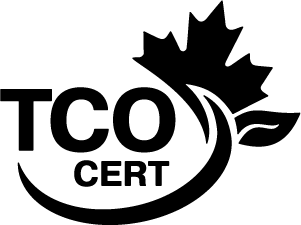Canada and Mexico signed a memorandum of understanding (MOU) recognizing the 2 national organic systems as equivalent. The Canada-Mexico Organic Equivalency Arrangement came into effect on February 15, 2023.
The arrangement allows organic products certified under the Canada Organic Regime or the Mexican organic system to be sold and labelled as organic in both countries.
- Canadian organic products exported to Mexico under the CMOEA must be accompanied by an “International Transactions Document”, format O-SQ-F03 provided by the National Service of Agrifood Health, Safety and Quality (SENASICA) that attests compliance with the terms of Appendix 1 of the MOU, issued by a certification body (CB) accredited by the Canadian Food Inspection Agency (CFIA). The “International Transactions Document” has to accompany each shipment. Copy of the template is shared with the CFIA accredited CBs certifying organic products in Canada.
- Mexican organic products must be accompanied by an organic certificate and export certificate that attests to compliance with the terms of Annex II of the MOU, issued by a certification body that is under supervision of AGRICULTURA through SENASICA, and is accredited and approved in compliance with the LPO. Copy of the export certificate template is shared with SENASICA approved CBs that are trained and are qualified to issue an export certificate of organic products for shipments destined to Canada. Both documents must accompany each shipment sent to Canada. The list of the SENASICA approved Certification Bodies can be found on the Gobierno de México website.
- Mexican organic products certified to the Mexican organic standard and imported to Canada cannot be re-exported to the U.S. or used as ingredients in products destined for the US market under the U.S.-Canada Organic Equivalency Arrangement. These products may be used as ingredients in processed products certified under the Canada Organic Regime and exported to other countries.
Check these links to learn more:
- Overview: Canada Mexico Organic Equivalency Arrangement (CMOEA)
- Memorandum of Understanding Between the Canadian Food Inspection Agency and the Secretariat for Agriculture and Rural Development of the United Mexican States for the Recognition of Organic Products Equivalence
- Canada and the Mexico reach arrangement for trade of organic food




